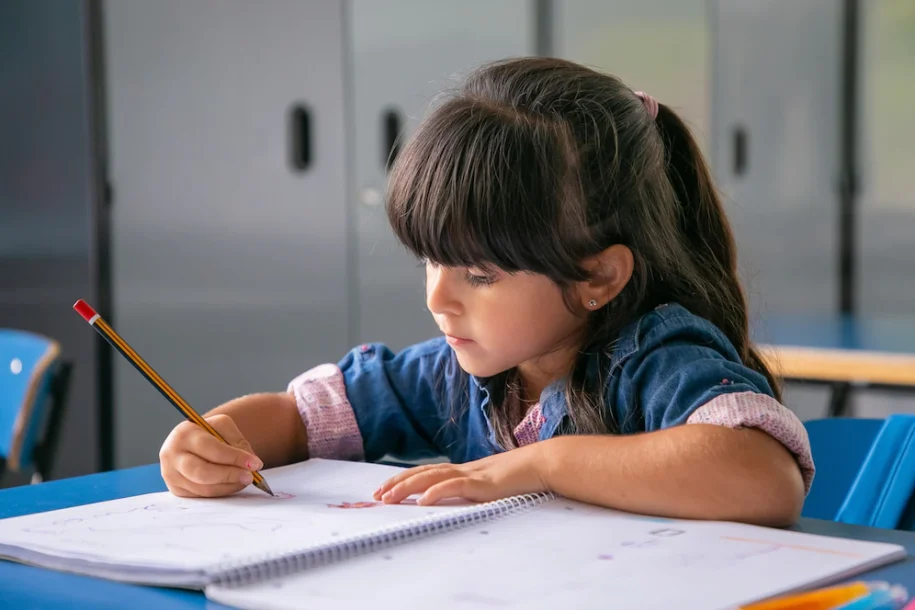Proactive Steps to Manage Challenging Student Behaviors
In the best of times, disruptive student behaviours are challenging to effectively act on. And now, this is compounded by our current reality: a traumatic time—during which many of us are just trying to hang on and stay in the profession—that has reduced our patience, taxed our energy, and increased our reactivity. So maybe we can think differently about these behaviours. Maybe we can be proactive.
The first step in being proactive might be the easiest: identify challenging behaviours and their effects on the classroom. You know exactly what I’m talking about. Challenging behaviours can manifest academically: missing deadlines, plagiarism. They can manifest socially: side conversations, defiance. They can manifest emotionally: apathy, negativity. They can manifest quietly or loudly. And more often than not, they can manifest repeatedly. These manifestations are exhausting—for you, for them, and for their peers.
Take a Closer Look
While it can be easy to remain stuck in the first step of identification, to be proactive, we must move to the second step of reflection. We must treat each behaviour as both adaptive and communicative. This reflection is twofold: examining the student and ourselves.
Students act the way they do because it serves them in some capacity. How is their behaviour serving them? What is driving their behaviour? At times, this can be simple. Much more complicated is the task of examining ourselves as a responsible party in these exchanges. More often than not, I realize Behaviors that challenge me mirror me.
Again, behaviours are both adaptive and communicative. How is my innate response to this student serving me? What is it about the behaviour that grates on me so? What does my response communicate about me? Addressing student behaviours without this important step of reflection—of both parties—is short-sighted at best and ineffective at worst.
Display Humility and Curiosity
Once we have hypothesized underlying motives for the behaviours, as well as our own contributions, to be proactive, we must approach the student about the behaviour. The most important consideration in this regard is our intention. We use restorative practises as a frame, reminding ourselves that our ultimate goal is a relationship. This means we approach students with curiosity and humility.
Curiosity allows us to ask questions and listen rather than fix or criticize. Humility allows several benefits: One, we can let go of “proving the record” and instead build the relationship; two, we can speak with “I” language that demonstrates we also are taking responsibility; and three, it ensures that we are conversing with the student rather than coming at them. As in any situation where a human feels threatened, a student backed into a corner with accusations rather than invited into a relationship through curiosity and humility will close up or act out.
Build Connections
After we have reflected and approached the student, the real work begins. This is where our integrity and trustworthiness as teachers are tested—and rightfully so—by students demonstrating challenging behaviours. Did we really mean what we said about wanting to take responsibility, understand the student, and build a meaningful relationship with them? To walk the talk, the next step in being proactive, here are some practices to connect with students.
Observe More, Talk Less:
Notice where students demonstrate different behaviours than they do in your class. Watch students interact in peer groups. The biggest mistake we can make when dealing with challenging behaviours is seeing the student who demonstrates them in a vacuum.
Compliment Students:
Sometimes a light comment about cool new shoes is the only positive message that a student receives in a day. Compliments communicate to students that they are seen.
Support & Elevate Students:
While sometimes the root cause of challenging behaviours lies beyond an educator’s purview, often it is related to some personal struggle with the content. Clear and consistent expectations, easy-to-follow directions, chunked instruction, continued check-ins, just-right scaffolding and differentiation… best pedagogical practices such as these mitigate the worst behaviours. Often, students act out in order to earn attention. Offering students who display challenging behaviours leadership opportunities in class is a way to reframe their peer influence from class clown to class champion.

